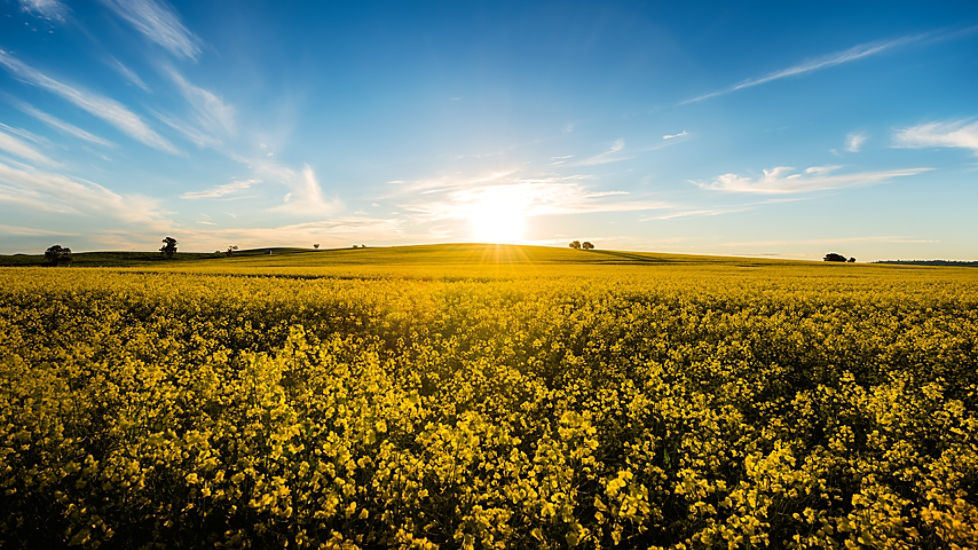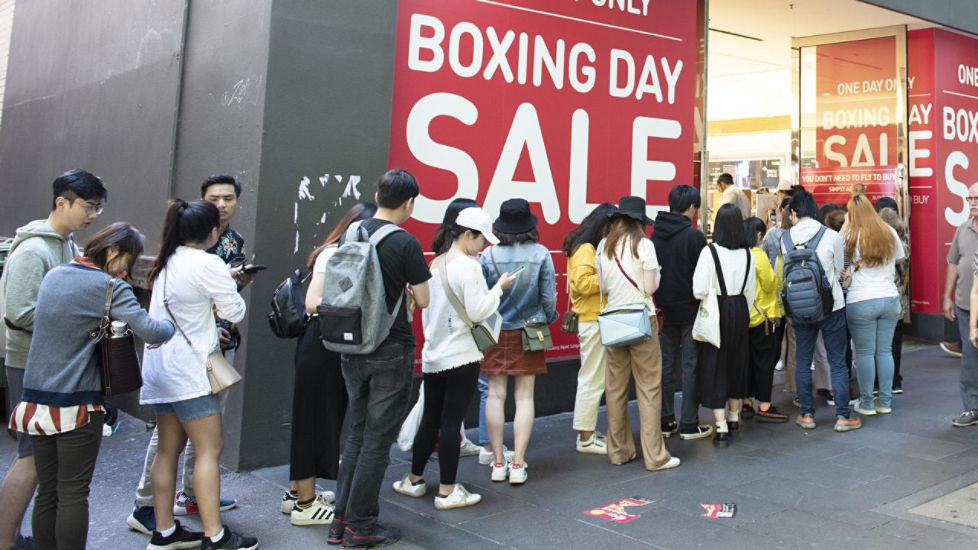Labour market shows signs of strain
Australia’s unemployment rate climbed to 4.5 per cent in September - its highest level in nearly four years. The rise came despite a modest increase of 14,900 jobs and a lift in the participation rate to 67.0 per cent, suggesting underlying weakness in the job market.
The data surprised economists, with employment growth falling short of expectations and revisions to August figures revealing a weaker than previously reported result. The labour market is now softer than the Reserve Bank of Australia (RBA) had anticipated, adding complexity to the interest rate outlook.
“This is a classic case of conflicting signals,” said Belinda Allen, Head of Australian Economics.
“Inflation has been a little stronger, consumer spending is rising, but employment growth has slowed more than expected. Until the tension between inflation and the labour market is resolved, we expect the RBA to remain cautious.”
Rate cut expectations shift
CBA economists continue to expect one more rate cut in this cycle, with February 2026 the base case. Markets have priced in a higher chance of a cut in November, but sticky inflation, particularly trimmed mean CPI expected at 0.8 per cent for the quarter, may delay action.
Unemployment mixed across states
Victoria recorded the highest unemployment rate at 4.7 per cent, while Queensland saw a slight fall to 4.2 per cent. NSW sits at 4.3 per cent.
Productivity outlook improves
Hours worked rose by 0.5 per cent in September, recovering from a 0.4 per cent fall in August. This suggests a potential rebound in productivity, although overall employment growth of 1.3 per cent over the year remains subdued compared to expected GDP growth of around 1.9 per cent in Q3.




